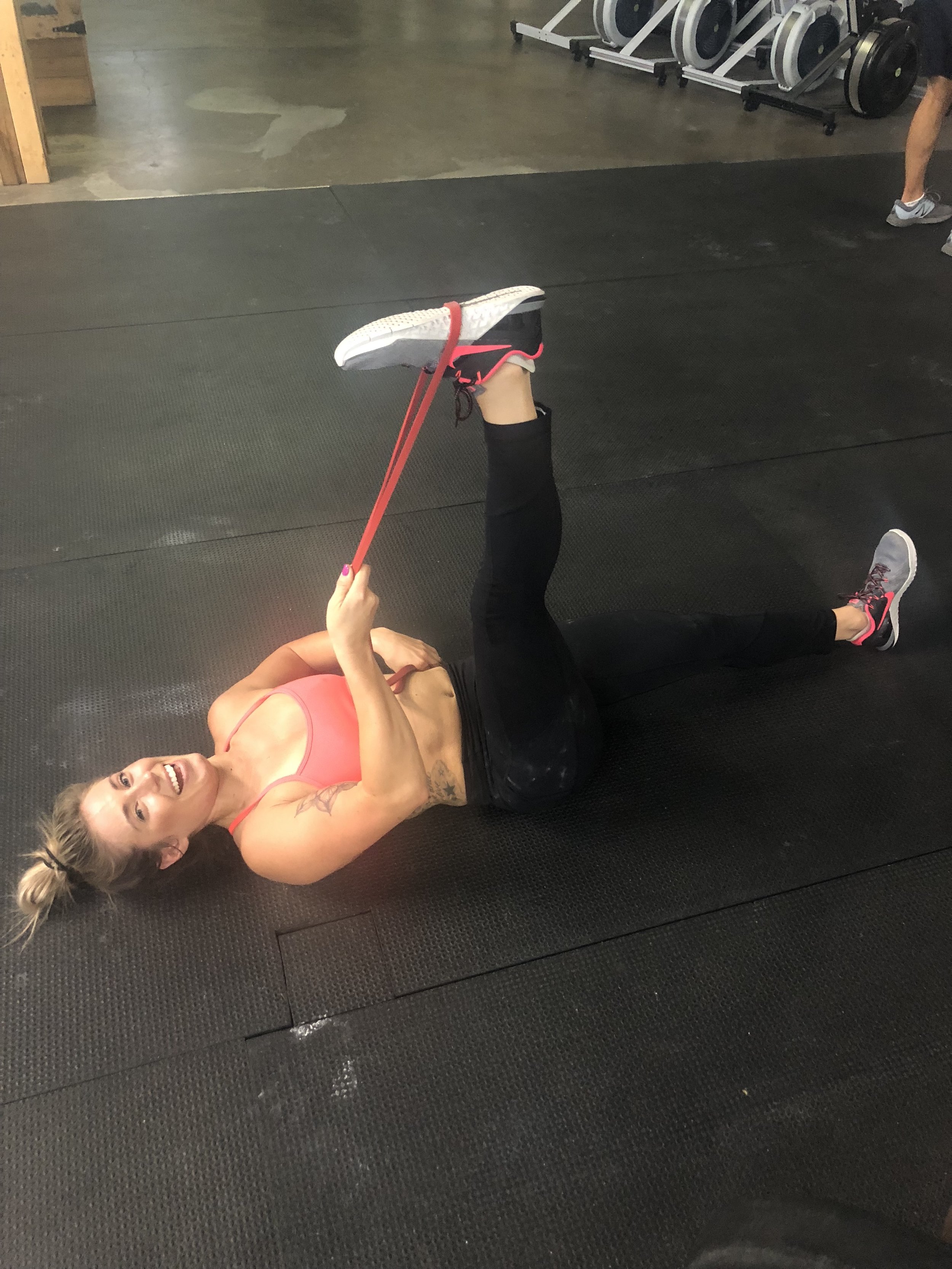Hamstring Injuries and 3 Ways to Prevent Them
If you have been following the National Football League at all, you (and your fantasy football team) have probably lost a few good men out on the field to the dreaded and ambiguous “hamstring strain.” The term “strain” is actually the term clinicians use to refer to a “pulled muscle,” and this means that the muscle has been subject to overstretching, resulting in microtears in the fibers. There are different degrees of muscle strains ranging from 1 to 3, with 3 being the most severe (a complete rupture). While the different degrees of muscle strains require different treatment and have different healing times, there are most definitely some simple steps that you and your gym buddies can take to avoid being sidelined from the squat rack or kickball field. Here are 3 ways that you can avoid the hamstring epidemic and set yourself up for success.
1. Warm Up Properly: This is SO important. I know we all want to get to the gym and dive right into the good stuff, but you cannot skip this crucial step. Take yourself back to childhood for just a moment, and imagine yourself paying with Play-Doh. When you first pull it out of the container and it’s cold and hard, if you try to pull it apart, it will simply break. However, if you roll it around in your hands and knead it for a few minutes and THEN try to pull it apart, it will stretch willingly, and it will go a long way! Your muscles are the Play-Doh, so prior to any aggressive activity, be sure to get the blood flowing with some light cardio and mobility work.
2. Put in the Mobility Work: I know that doing extra mobility work sometimes feels like a chore, but it is incredibly crucial to your longevity as an athlete. Even if you can put in 10 minutes at least 3 times a week, this will make a huge difference in injury reduction, increased athletic performance, and recovery time post workout. To avoid hamstring issues specifically, make sure you are hitting all of the major lower extremity groups like Quadriceps, Hamstrings, Hip Flexors, Glutes, and Calves. If you need some inspiration, check out ROMWOD for short daily stretching routines for athletes.
You can check out http://team.romwod.com/r/drjess for a two week free trial!
3. Listen to Your Body: One of the things I love to tell my athletes is that you HAVE to recover as hard as you train! If you are putting in 5-7 days a week in the gym, and working out multiple times a day, you’re going to have to up your recovery game. Staying adequately hydrated is extremely important, as your muscles are 70% water, and need water to flush out inflammatory byproducts and lactic acid. Sleep is also extremely important in the recovery game, because this is the time where your body is actually repairing and healing (literally, you’re making those gains while you catch some Z’s), so make sure you’re getting 6-8 hours a night. Lastly, don’t ignore those nagging pains or prolonged soreness. Visiting your chiropractor for a spinal adjustment will promote optimal healing, extremity adjustments will help prevent joint injury, and soft tissue work can help release tight muscles and break up scar tissue!
Helping you feel best with health + humor!
Dr. Jess
Click the link below to schedule your appointment today!

